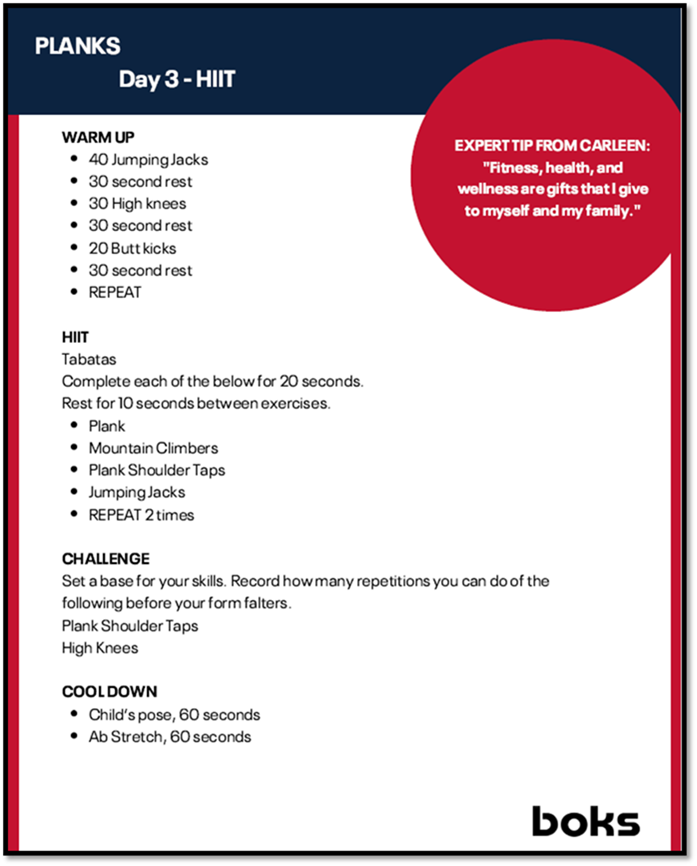Introduction to Physical
Fitness
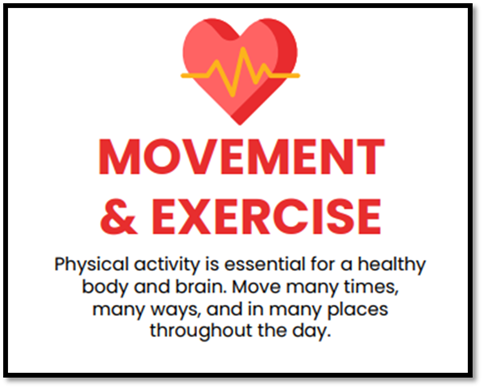
Course Overview
Welcome
to Physical Education, a significant course in your academic journey. Our
primary objective is to empower you to take control of your health and
well-being. The knowledge and skills you gain here will equip you to assume
responsibility for your lifestyle, ensuring a long and healthy life.

Course Structure
Throughout
this course, we will engage in unique and interactive lessons, discussions, and
a weekly activity log to monitor our physical activity.
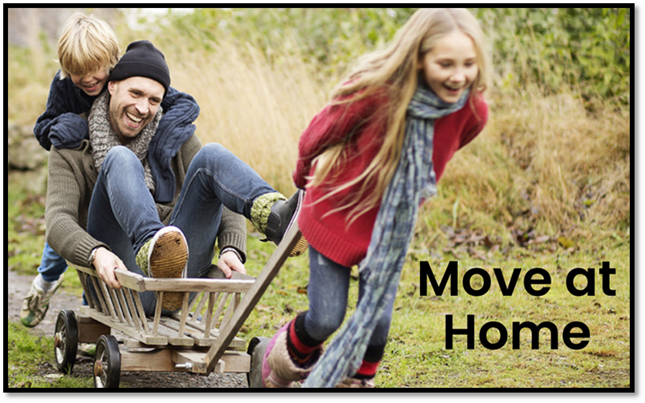
Introduction to Physical Education
This
foundational course will introduce you to essential physical health and
well-being concepts. You will delve into the world of physical fitness,
understand its fundamental principles, and explore how the choices you make in
your daily life affect your overall health and fitness. By the conclusion of
this course, you will even develop a personalized fitness plan tailored to your
specific needs.
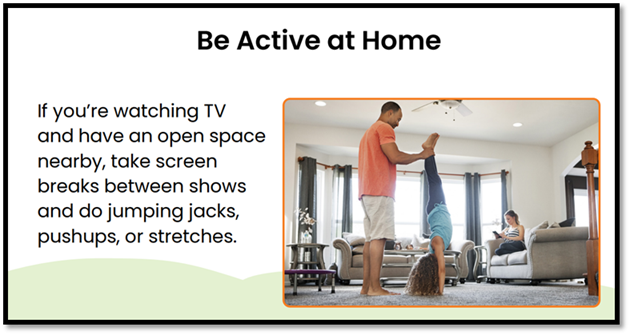
The Role of Home Workouts
Despite
being an online class, home workouts play a pivotal role in your learning
experience. These assignments and exercises are designed to empower you to
establish and maintain a healthy and fit lifestyle, which is vital for your
long-term well-being.
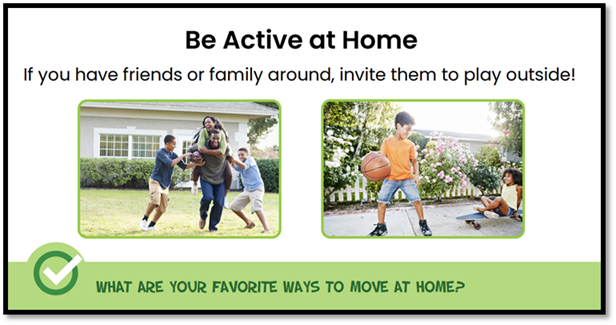
Course Grading
Your
performance in this course will be evaluated using the following criteria:
1.
Knowledge
Assessment: You
must answer questions about each unit's topic. This component contributes to
50% of your unit grade.
2.
Fitness
Log Completion:
Maintenance of a Fitness Log, documenting three days of physical activities, is
mandatory. This aspect also accounts for 50% of your unit grade.
Are you
ready to embark on a healthier, more active lifestyle?
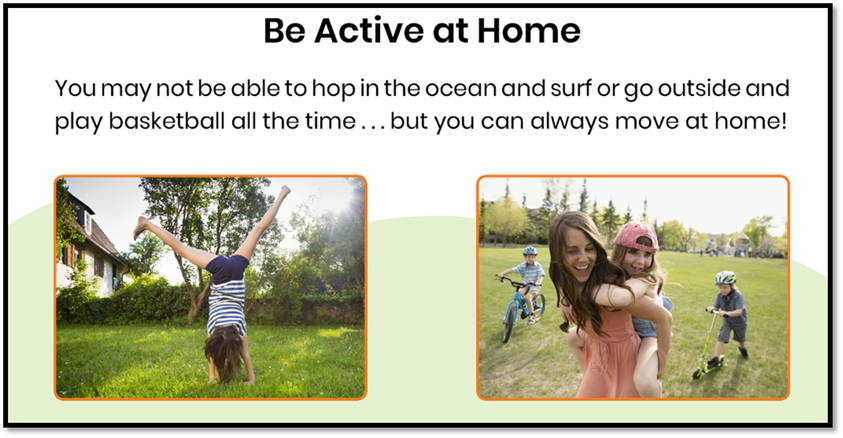
Fitness
Log of the Course
For
each unit, you must complete a Fitness Log with at least three days
of activities.
Each
log will have the following information:
· Date of Activity
· Start and End Time of
the Activity
· Description
o Title of
the Workout
o Fitness
Journal
o Fitness Sponsor's full name and phone
number
Look
below for an example of a log entry.
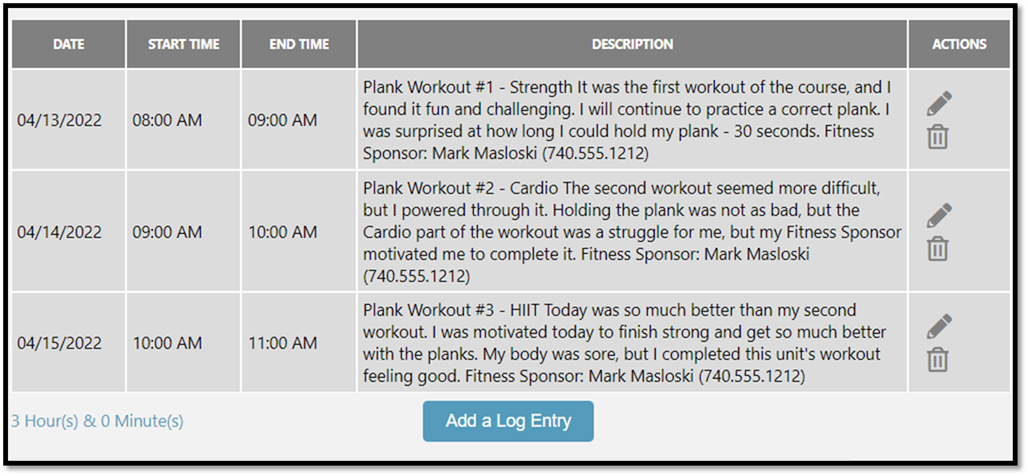
You must complete three "Log
Your Activities" for each unit.
Introduction
to Motor Skill Development
Motor skill development refers to the
acquisition and improvement of the ability to perform a wide range of physical
movements and actions effectively. These movements include running, jumping,
catching, and throwing. Motor skill development is pivotal in physical
education as it is the cornerstone for active participation in sports, physical
activities, and games. It empowers students by fostering the coordination,
balance, and control necessary to engage in physical activities safely and
competently.
Distinguishing Locomotor and Non-Locomotor
Skills
The table below clearly distinguishes
between two fundamental categories of motor skills: locomotor and non-locomotor
skills. These skills play essential roles in physical education and various
physical activities. Understanding their differences enhances our grasp of the
diverse aspects of motor skill development.
|
Aspect |
Locomotor Skills |
Non-Locomotor Skills |
|
Definition |
Involve moving from
one place to another. |
Refrain from involving
significant movement from one place to another. |
|
Examples |
Walking, running, jumping,
hopping, skipping, crawling. |
Balancing, twisting, turning,
swaying, bending, stretching. |
|
Movement
Patterns |
Typically, it involves
dynamic, continuous movements. |
Often focus on static
or controlled movements. |
|
Travel |
They enable individuals to
change their location. |
They are often performed in a
stationary position. |
|
Coordination |
Locomotor skills
require coordinated movements of the arms and legs. |
Non-locomotor skills
may involve isolated movements or body positioning. |
|
Use
in Activities |
Essential in activities like
sports, games, and dancing. |
Essential in activities like yoga,
gymnastics, and dance routines. |
|
Examples
in Sports |
Running in soccer,
jumping in basketball, skipping in hopscotch. |
Balancing in
gymnastics, twisting in figure skating, stretching in yoga. |
|
Core
Purpose |
To facilitate movement and
transportation. |
To enhance balance,
flexibility, and body control. |
|
Common
Learning Stages |
Typically learned
early in childhood. |
It is often taught
alongside locomotor skills but tends to develop later. |
Critical elements in motor skill development
represent specific components or aspects of a skill that must be executed
correctly for effective performance. These elements encompass proper technique,
body positioning, coordination, balance, and more. Emphasizing these critical
elements is vital because their mastery ensures that individuals can execute
skills accurately, efficiently, and safely. Neglecting critical elements may
result in less effective skill execution and, in some cases, pose a risk of
injury.
Unit 1 Skilled
Activity: Planks
Watch the video below to learn about
the skill of the week!
Additional Unit 1 Exercises
|
JUMPING
JACKS |
Stand with both feet together, hands at sides.
Jump feet apart and clap hands overhead at the same time. Return to starting
position. |
|
ARM
CIRCLES |
forward
or back: Stand tall. Life arms out to your sides, hands in line with
shoulders. Keeping arms straight, create circles either forward or backward
with your arms. |
|
HIGH
KNEES |
Stand tall, hands by your hips.
Like running through tall grass, lift one knee to one hand. Quickly switch
and bring the other knee up. |
|
JABS |
Boxing
move. Stand tall. Form a fist with one hand and punch forward, twisting your
upper body as you do so. Alternate between sides. |
|
BUTT
KICKS |
Stand tall and kick one foot back
to the back of your thigh. Switch. |
|
MOUNTAIN
CLIMBERS |
Get
into a plank position (hands and toes on the ground, body in a straight
line). Bring one knee up towards your chest. Switch. |
|
PLANK
SHOULDER TAPS |
Slowly raise one hand and tap the
opposite shoulder in a plank position. Return the hand to the starting
position, repeat on the other side. |
Plank Workout #1 – Strength
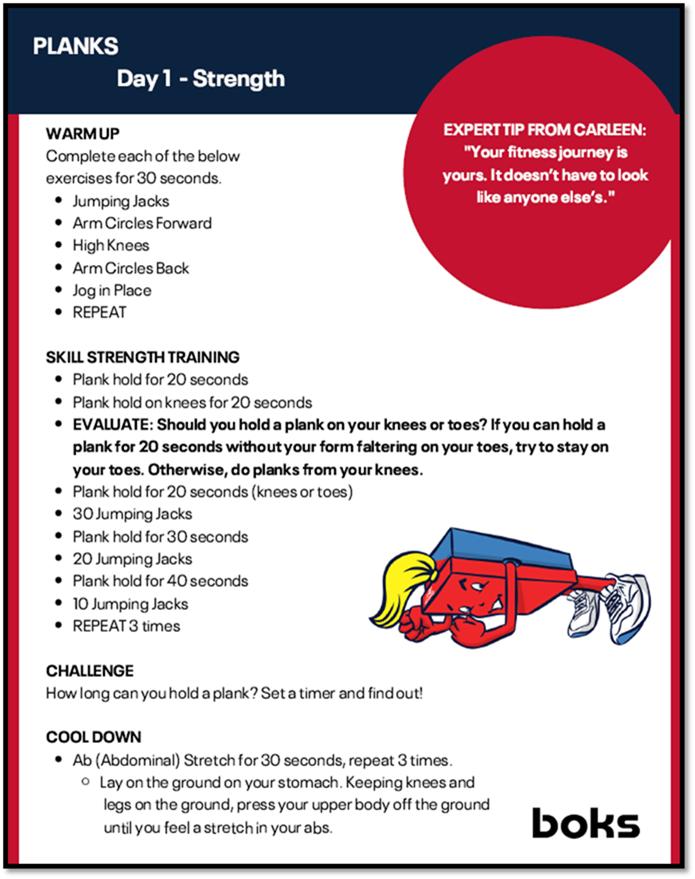
Plank Workout #2 – Cardio
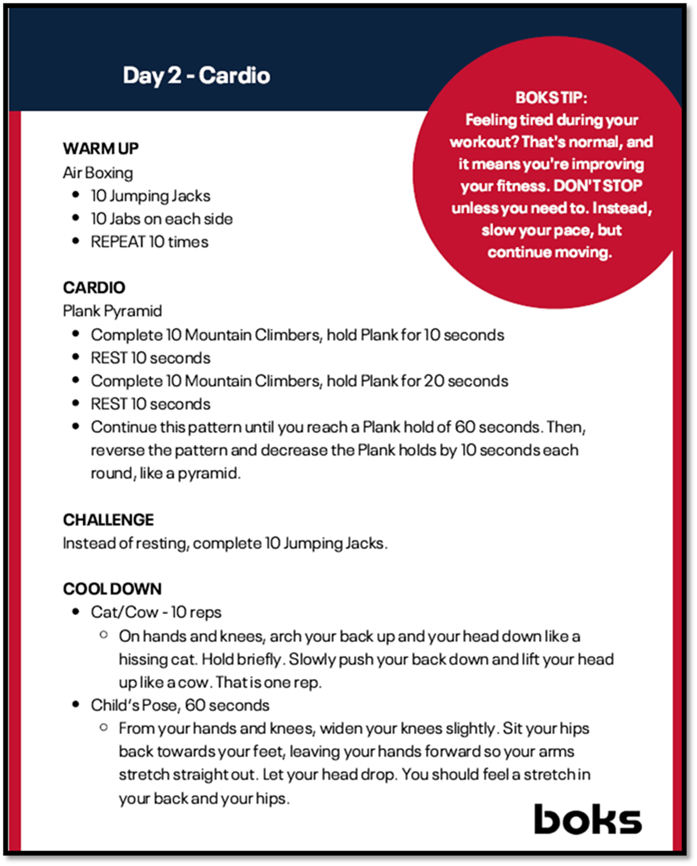
Plank Workout #3 – HIIT
